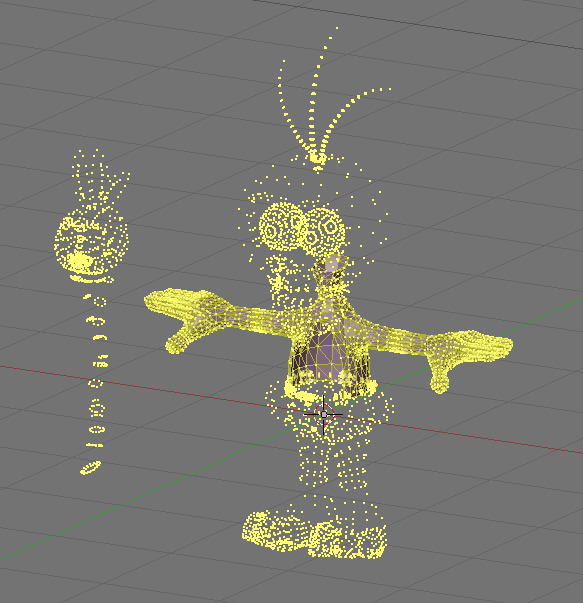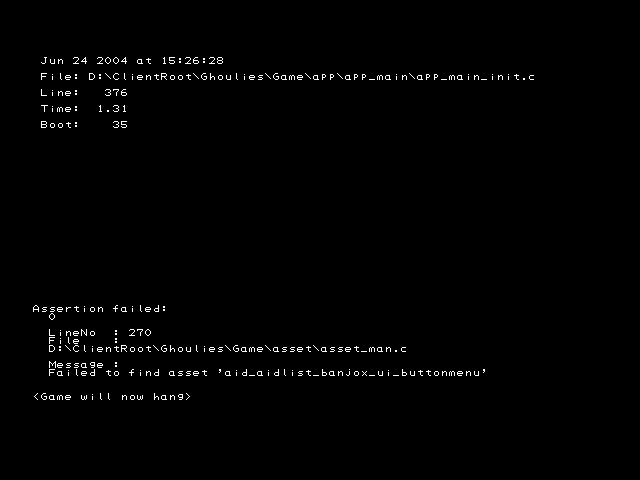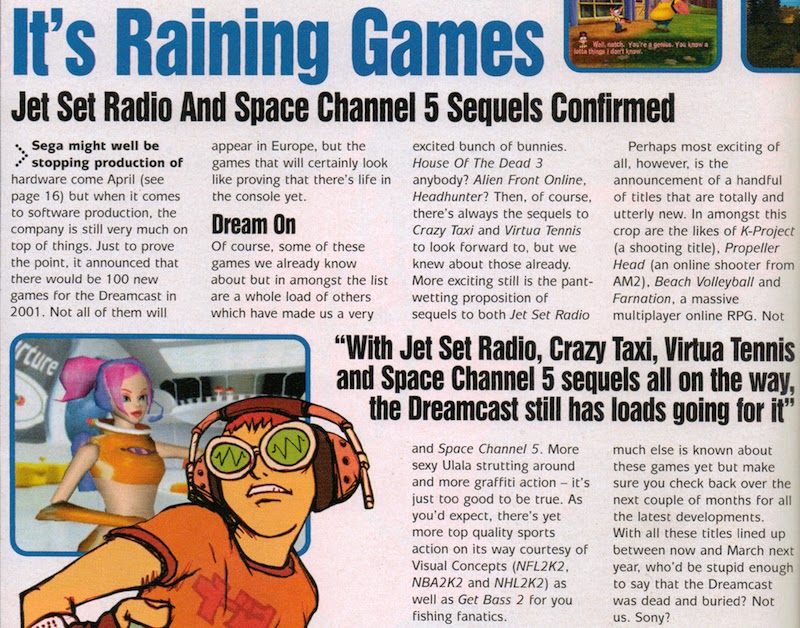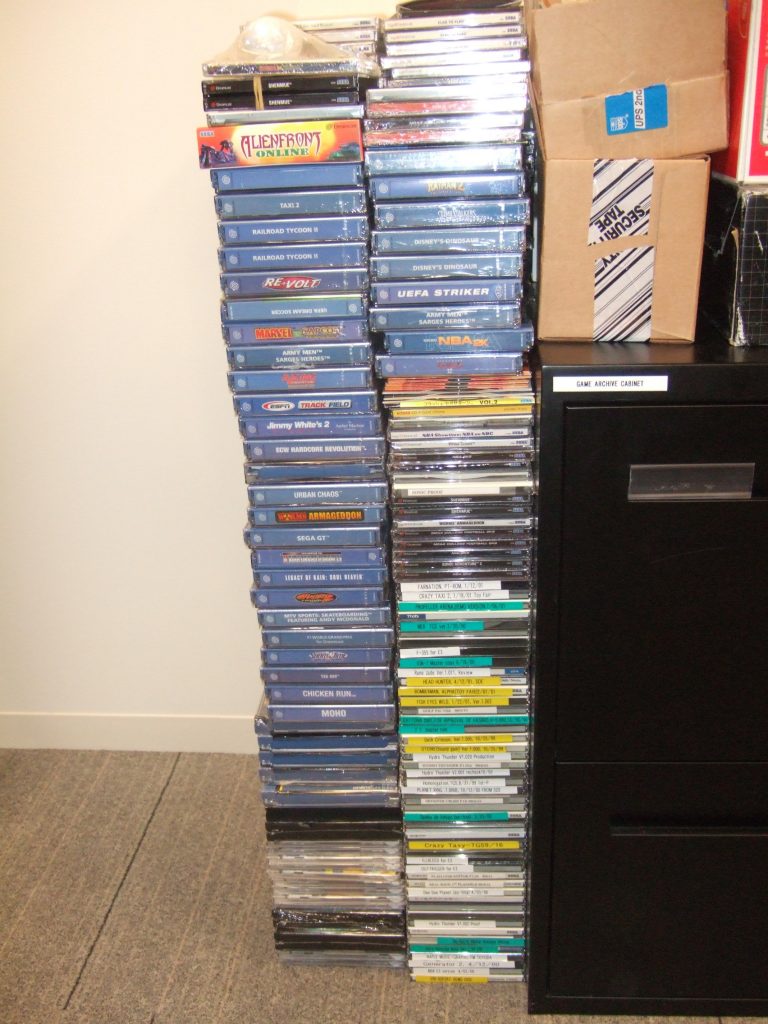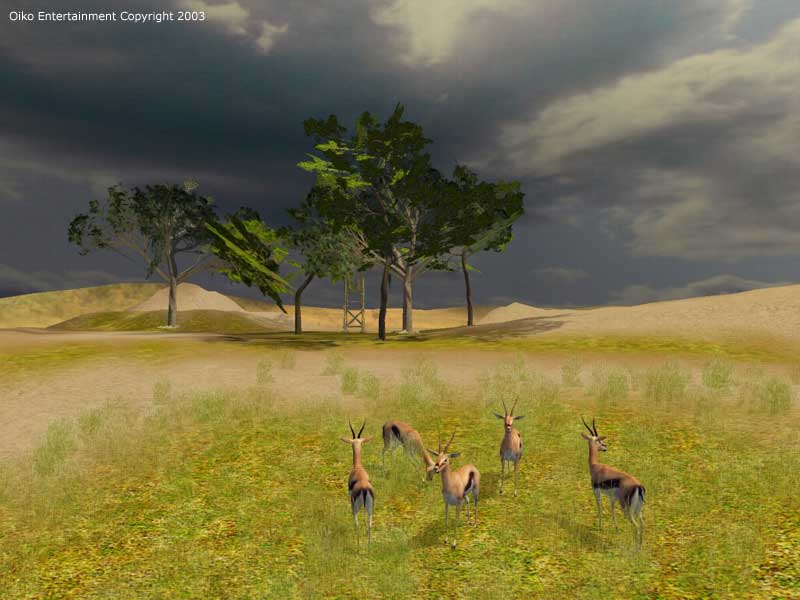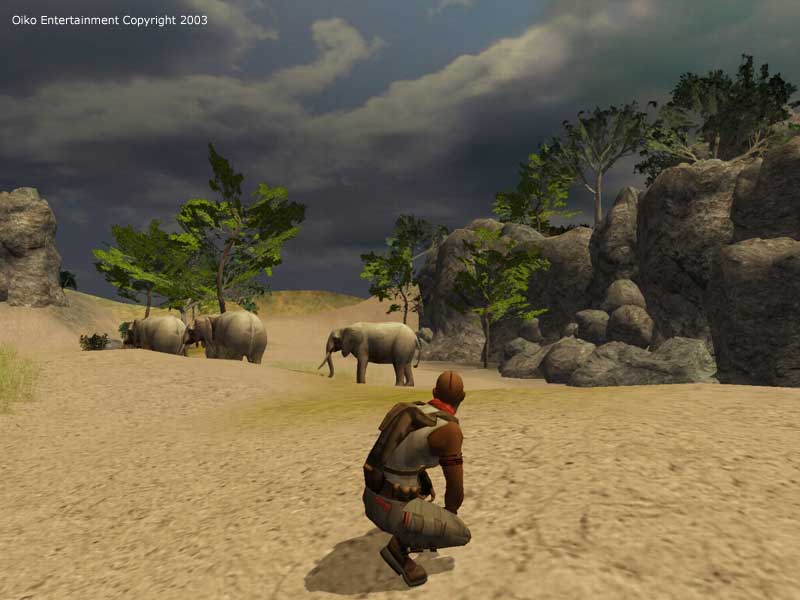After the cancellation of Castlevania: Resurrection and the death of the Dreamcast, the same team at Konami of America pitched a few other projects for different consoles. One of these unrealized games was a new 3D Contra with online multiplayer, planned to be developed for PS2, Xbox and PC.
They wanted to have classic single player and local coop story mode for old-school fans of the series, but at the same time testing online multiplayer for the first time.
Some details about this lost Contra game were found by fans, and preserved below to remember the existence of this cancelled concept.
“Contra’s HQ have intercepted SOS from the biggest Russian nuclear submarine that is sinking to the bottom of Barents Sea. While Contra’s HQ continues monitoring the unsuccessful rescue attempts, suddenly the submarine crews stop responding to the Russian Northern Fleet hails. Meanwhile, Contra’s spy satellite registers the beginning of nuclear missiles launch form the sub, and transmission to Russian Navy operations that Red Falcon is demanding to stop the rescue attempt otherwise there are will be a missile strike retaliation. After analyzing the spy satellite data, Contra intelligence realizes that Red Falcon is preparing its third attempt to conquer Earth by using Russian submarine as its base to assemble and power it’s robotic war machines in the safety of deep sea.
Members of Contra Forces are called in and ordered to stop the Red Falcon, and were successful in defeating evil alien entity and its forces. Or, at least they thought so. The “Red Falcon” had actually been merely wounded. It escapes the submarine blast to a secret retreat located in the mountains of Bosnia. Were alien forces lie dormant aviating for decoy Barents Sea invasion to begin, so they can start a real attack of the Earth forces? The Contra intelligence is learning that Red Falcon is not the brains behind an operation but just a pawn controlled by a mysteries alien only know as “Dark Queen”. Contra marines are called again for the final showdown.”
Story mode would have been divided into 3 worlds (Submarine, Mountain Trail and Underground Base): each one with several levels and Bosses. Past Contra protagonists could have been unlocked during the game, to be used as playable characters.
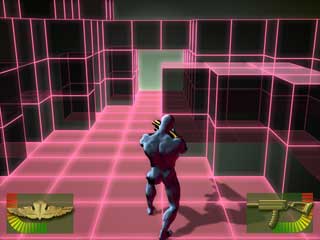
The team planned many different modes for online multiplayer. An idea was to have online coop up to 4 players, split in 2 teams that would fight through different missions before meeting again to kill the boss together. Online Versus mode was also planned, set in a virtual-reality world similar to VR missions in Metal Gear Solid. This could have been a third person or first person shooter, depending on the best prototype they could work on.
As this was only an early pitch they were still thinking about the best Konami IP to use for their first online game. If Contra could have been a risky series (because of its hardcore fans), other possibilities were open such as using the Project Overkill IP instead.
In the end disagreements between Konami of Japan and Konami America killed the american team. Many of their latest games were canned, such as Survivor: Day One for Nintendo 64.

